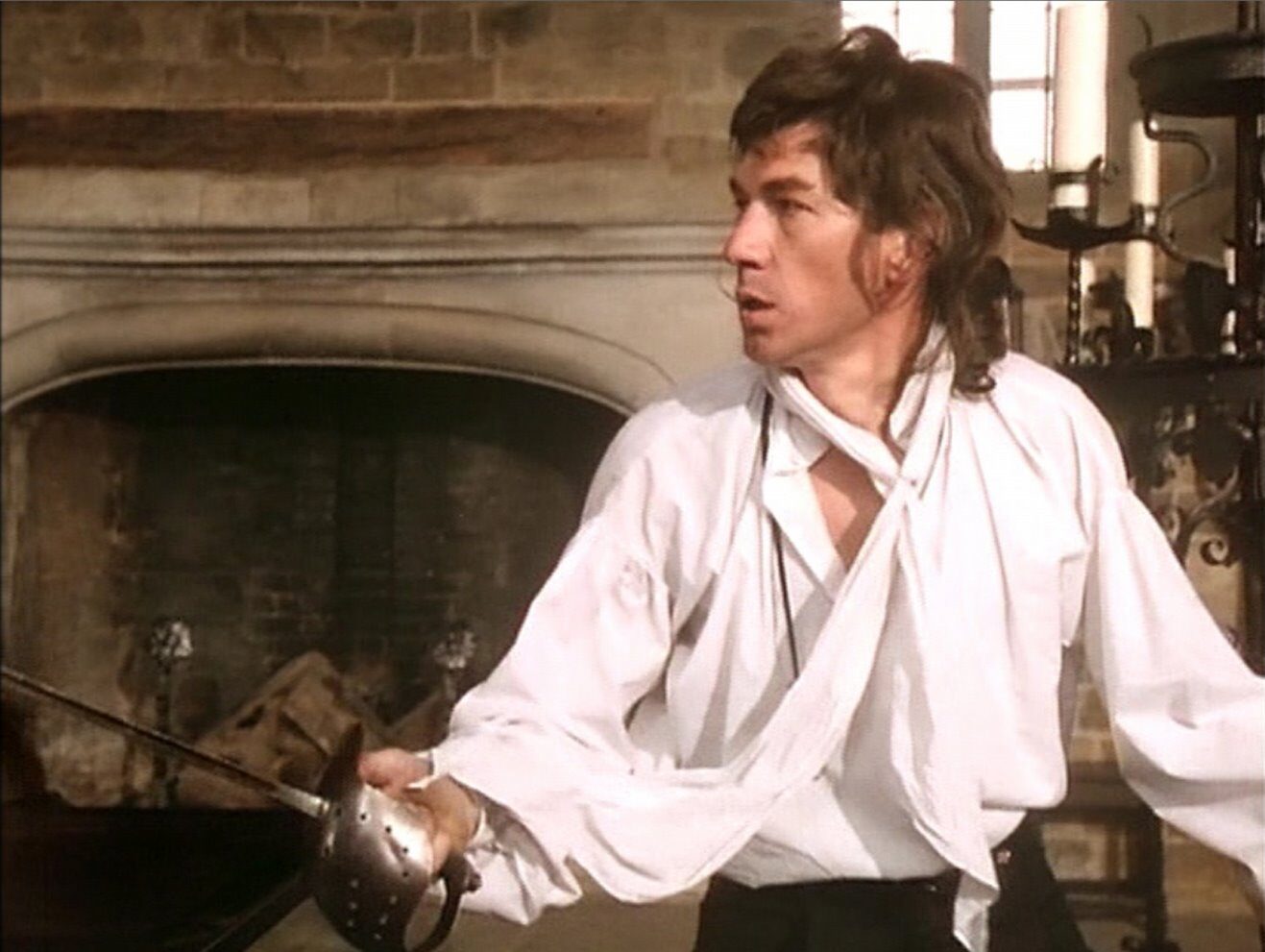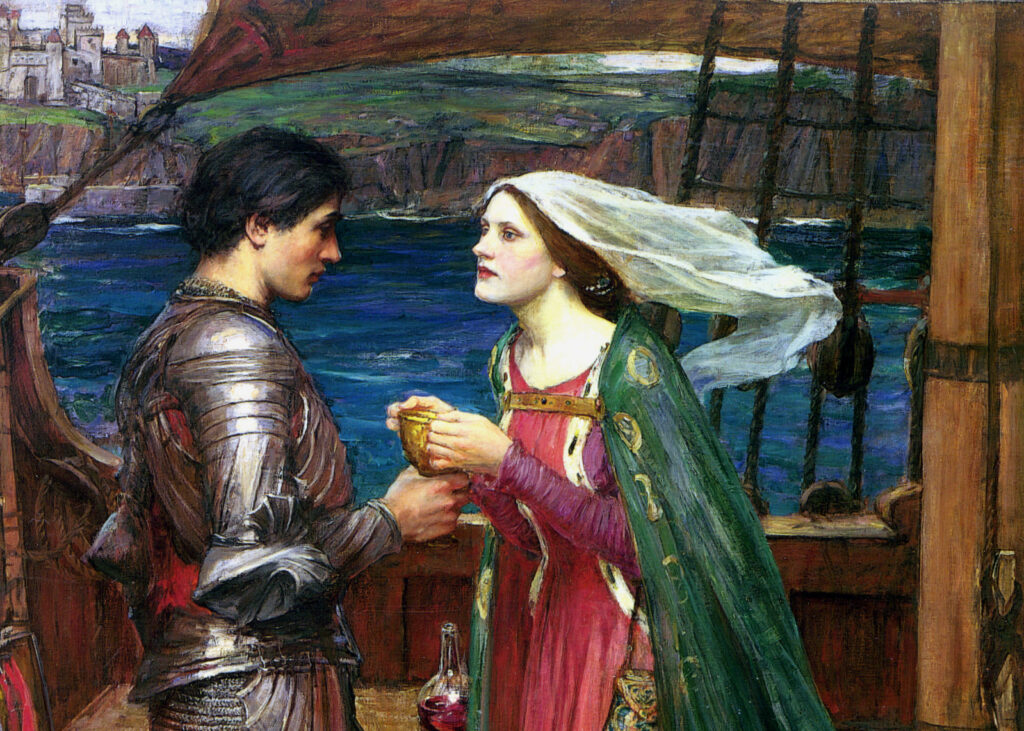Home » Topics / Subgenres » Adventure (Page 2)
Category Archives: Adventure
Cimarron
Edna Ferber
1930
(The Oklahoma land rush of 1889 gives Yancey Cravat an opportunity to rescue his wife from civilized mediocrity, and head west for the untamed life of the pioneer.)

Yancey Cravat is the Cimarron—the wild one, like an aimless river or a jousting bighorn sheep. He may tote legal volumes as easily as a gun, and be as quick with a Shakespeare quote as with a trigger; and yes, he’s a lawyer and the editor of a socially active newspaper… but this is no milktoast city boy. This is Buffalo-Head, the tall, gruff, steel-eyed pioneer for whom three years in the same place or a single day without some sort of risk or conflict is evidently his idea of hell. And, no doubt, the wife of such a one is bound to be some kind of woman: Sabra, a sharp, spirited, strong, self-sufficient saber of a woman. In fact, although most assessments of this book will tell you that its permanence lies in its presentation to the world of the unforgettable Yancey Cravat, who is it that ties the book together? Whom does the narrative follow, when Yancey’s itchy traveling bone takes him to Alaska or the Spanish-American war? Not him, but the determined, toiling Sabra. Granted, she lacks the explosive flash of her husband–her way is much too pragmatic to put her in much danger or make her many enemies. But she is really the central character of the book, the one who grows, the one who succeeds in adapting herself to the various jolting cultural shifts that get thrown into her path by the errant Yancey, or by her son, or by the discovery of oil. At first entry into the fledgling land rush town of Osage, Oklahoma, fresh from the overprotection of her family the proper Venables of Wichita, she breaks into sobs when kissed by a stranger on the street. But give her eight or nine years, and she’s riding in the middle of the night into an Indian reservation during a mescal ceremony and demanding that her unconscious son be thrown onto her cart so she can bring him home. But of course, yes, we do want to hear about Yancey, despite… or maybe partly because of… his refusal to stick around. He’s idealistic, imposing, and indomitable. Take one particular tent meeting, for instance: in the course of giving a sermon, he manages to work in a self-defense killing—yes, the actual killing, not the story of a killing. And when warned that his pro-Indian editorials are going to get him killed, his reply is simply the unearthly death-scream of the Cherokee. (more…)
The Scarlet Pimpernel
Emmuska Orczy
1905
(A master of disguise rescues French aristocrats from the guillotine and drops them safely into London society—until a sly French inspector tracks him down.)

Don’t let the title’s reference to a dainty flower and the femininity of the author fool you. This is no Austen or Brontë novel. It is a hearty adventure, more along the lines of the father of adventure stories Sir Walter Scott, or Dumas, or Stevenson. What a treat to have a woman join these illustrious ranks! Rugged oaths and swordfights may be lacking, but stories stocked with those can easily be found elsewhere. Instead Orczy proficiently places a “caped avenger”-style suspense drama (a genre some say she invented) against a backdrop of fashionable London society. The high manners, the social competition, the gossip, the dress, the flamboyant events… Orczy was a baroness herself, and this is undoubtedly part of the reason why she was able to present these ingredients with such freshness and authenticity. But all this is ancillary to the mystery and excitement that lend this tale its permanent appeal.
Njáls Saga
(Njála)
anonymous (Icelandic)
1270-1290
(A sage in medieval Iceland attempts to restore order in the face of bloody vengeance and warrior’s honor)

The mighty deeds of a free people in struggle are frequently represented in timeless literature—such stories will never go stale. Whether tossed on the stormy Mediterranean, afoot in the forests and scrublands of India, or galloping through prairie grasses among stalwart buttes in the American West, there is something deeply inspiring about a small people forging a life in the face of privation, violence, and treachery. We who live in the comfort of civilization can be tempted to think that a reasonably stable government and the rule of law are guaranteed, automatic, assumed. Or, even if we endure corruption, are wary of the tyranny or selfishness of our leaders, or have suffered at the hands of criminals, we are among millions and are likely to see ourselves as puny actors on an immense stage—what can we possibly do?! How fascinating, then, are the tales of those who managed to defend some fragile order amidst a storm of chaos—those whose survival was assured not by the actions of others, whether their venerated ancestors or soldiers on distant front lines, but by themselves: by the wisdom of their own minds, the words that passed through their own lips, and the swords that hung from their own belts. The Icelandic Sagas—the Íslendingasögur—are epic narratives of this very sort. A man in the Age of Saga, so we are told, could cut his own destiny, no matter what coarse fabric sought to hem him in. And a woman could make the best of things by controlling the men. Anyone who wishes to see how this sort of lifestyle could play out can do no better than to read Njáls Saga (or, in the alternative title that is at once a spoiler, the Saga of Burnt Njál). The professionals tend to consider this the greatest and most well-developed of the 40 or so Icelandic Sagas that were written in the 13th-14th centuries. Whatever the critics say, here we certainly find hefty measures of all the most engaging ingredients in that genre: the bloody swinging of swords and thrusting of spears, the uncompromising defense of honor, the defiant challenge of the sea, the tenuous rise of God over the idols and of Law over bloody feuds, the disastrous fruits of pride and envy, the sly instigations of women, the mystic power of prophecy and fate, the iron duty of loyalty, and the deathgrip of revenge!
The Romance of Tristan and Iseult
(Le Roman de Tristan et Iseut)
Joseph Bédier
1900
(A knight and a lady pursue their magical love through bloodshed and sorrow.)

When tales pass through centuries of retellings, they tend to become what of audio media we would call “overproduced”: too many interpreters have slanted the story their various ways, too many embellishments and new episodes have been inserted, too many accommodations and updates have aimed at suiting the fancies of each audience. In the process the story can lose some of its grip on our imagination and our romantic sensibilities. It can be so cobbled and abused that we are left to distill the heart of it as best we can from a variety of sources. The only way such a beautiful old tale could ever be told today in anything like its original form and spirit, would be for three literary virtues to unite: a single author must be simultaneously an expert scholar, a great poet, and above all, modest. Only a scholar will know the history of the work; will be able to distinguish the wheat from the chaff in elements of theme, characterization, and plot; and will sufficiently understand an ancient teller’s perspective so as to effectively reproduce it. And only a great poet will be able to convey this perspective, and the story itself, with convincing unity and supreme skill; expectations of quality and beauty are lofty when we pick up a beloved and popular story. And finally, many a great poet and scholar will have great pride as well, in which case there will be too much of the writer and not enough of the legend in the text. Granted, we love our authors’ egos when it is them we want to see; but if the aim is to represent something of the original (or at least old) character of a romance, an author must exercise admirable self-control. We can thank Joseph Bédier for being this author in all respects for the legend of Tristan & Iseult.



Go Down, Moses
July 4, 2014 / Leave a comment
William Faulkner
1942
(Vivid tales from the deeply rooted McCaslin family of Mississippi explore the human desire to dominate others.)
Faulkner raises a novel, especially Go Down, Moses, like a mountain range. A small peak here, another one some indefinite distance to the side but nearer to the viewer, another apparently between them but actually much further in the distance. The slopes are irregular in grade, no shape is symmetrical, no sequence predictable. The greatest of the mountains has flanking foothills—here at least is order and intelligibility! One is prepared for the most gigantic landforms. Actually all of them, though apparently haphazardly arranged, are obviously part of a single landscape, each part depending on those around it for its qualities and significance. The notion that each mountain be viewed as an isolated individual, despite distinctions of personality and structure, is ridiculous. One best realizes this, perhaps, by receding somewhat from the view. For when close to it, when stumbling over craggy outcrops and struggling to circumvent gorges, the scene seems hopelessly chaotic and fragmented. Such is Go Down, Moses, a challenging and awesome range of tales.
(more…)